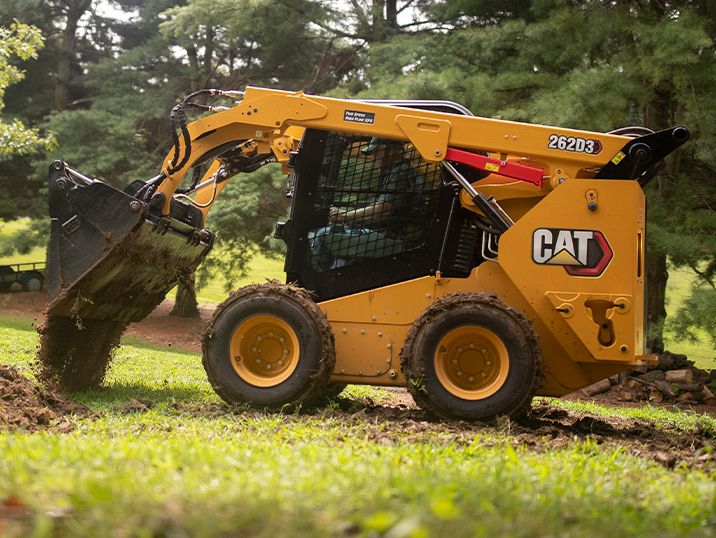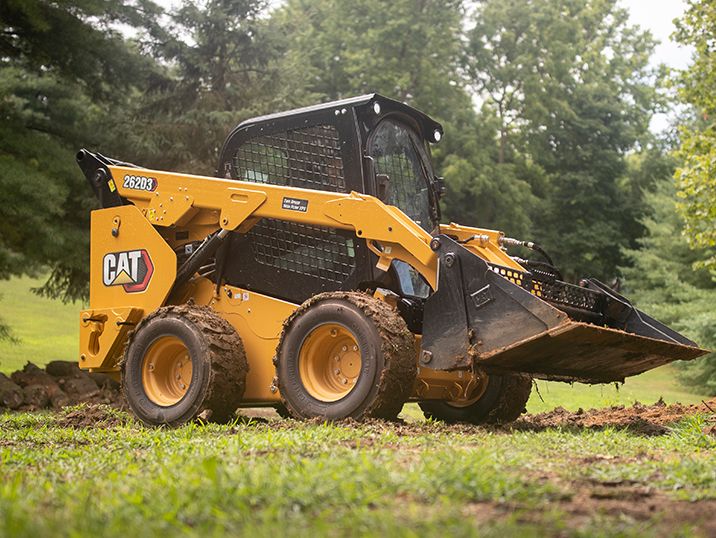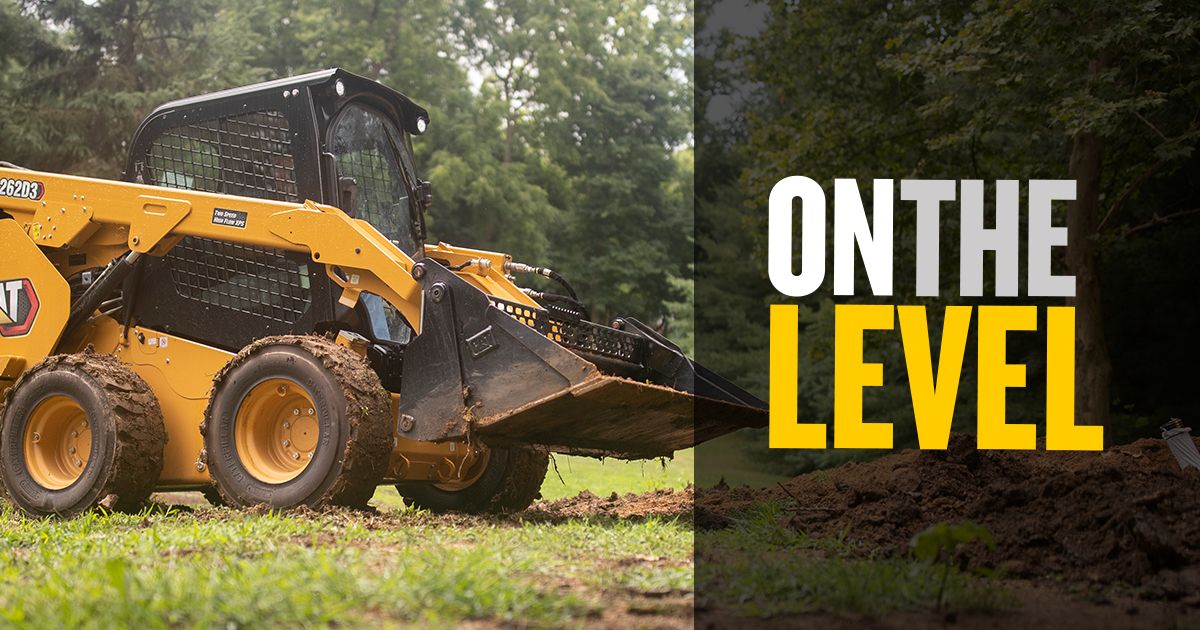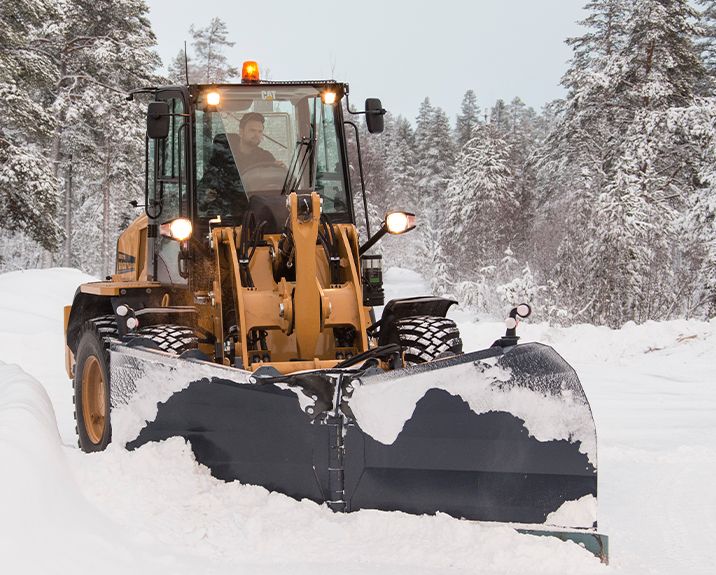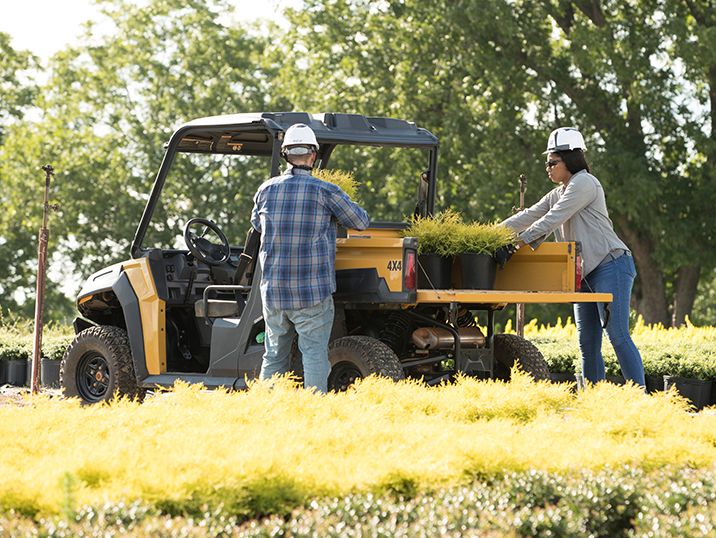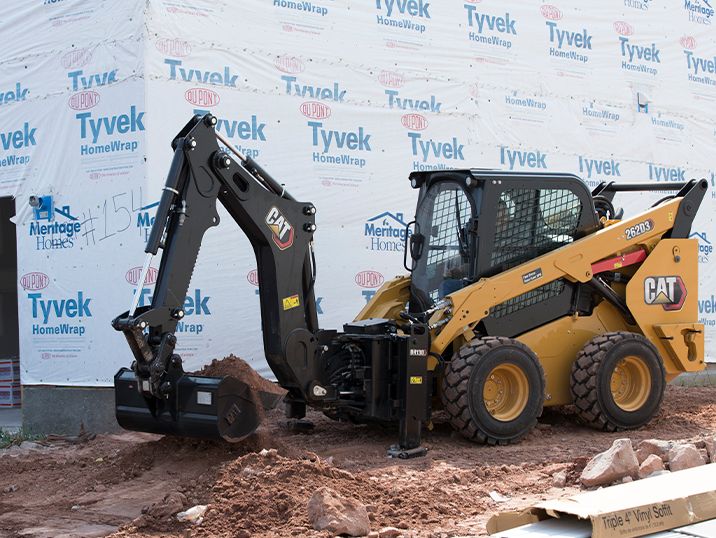

Sign In
Welcome! Sign In to personalize your Cat.com experience
If you already have an existing account with another Cat App, you can use the same account to sign in here
Register Now
One Account. All of Cat.
Your Caterpillar account is the single account you use to log in to select services and applications we offer. Shop for parts and machines online, manage your fleet, go mobile, and more.
Account Information
Site Settings
Security
How Eco-Friendly Landscaping Helps the Environment
Landscaping isn’t just nice to look at. Eco-friendly landscaping can also help the environment by sequestering carbon dioxide and producing more oxygen.
The house, the white picket fence, and the yard – these have become the hallmarks of suburban life for many people. While a well-maintained lawn and eco-friendly landscaping are great to get outside and enjoy, they also provide many environmental benefits that your clients may not know about.
How Eco-Friendly Landscaping Fights Climate Change

According to NASA, humans have helped contribute to a 47% increase in the CO2 in the atmosphere since the Industrial Revolution. And as COx and other greenhouse gas emissions rise, the Earth has and will continue to get hotter. This can lead to a change in weather conditions across the globe, making some areas wetter than normal and some areas drier.
So what can we do? Well, the answer might be in our own backyards – literally. Plants, including grass, trees, flowers, and shrubs, can sequester carbon through photosynthesis while also generating more oxygen. Let’s take a look at some ways you can help your clients develop eco-friendly landscaping.
Start with the Soil
Healthy turfgrass starts with the right soil. You’ll want a loamy soil mixture that contains a variety of nutrients in order to keep grass and plants healthy and to allow water to soak in more easily. This can sometimes take several seasons to develop, so it’s key to help your customers understand why having healthy soil is important.
Choosing the Right Plants
Trees, shrubs, and flowers all play a role in how well landscaping can conserve energy, save water, and keep the soil healthy. Educating your clients about what plants you’re choosing and why can help them make future landscaping decisions. Choosing plants based on drought resistance, the climate, soil moisture capacity, and more can have an impact on how much water your clients’ landscapes will need. By making smart choices, it can help them save water in the long run.
Planting more trees in a yard can make a big difference to your customers’ energy costs. By planting trees strategically to block wind, it can help keep homes cooler in the summer and warmer in the winter.
Plant a Rain Garden
Another way to create more eco-friendly landscaping is by planting a rain garden. A rain garden is made up of perennials and native shrubs and typically planted in a low area in a yard, such as the bottom of a slope on the property. Rain gardens are designed to temporarily hold rainwater runoff, and by doing so, they allow more rain water to soak into the ground than regular grass. They also filter out chemicals and pollutants from the water before it reaches a storm drain.
Overall, there are many ways that eco-friendly landscaping can be used to both beautify your clients’ homes and help the environment. By doing things like keeping turfgrass healthy, choosing plants to suit the climate, and experimenting with things like rain gardens, you can help your customers be a bit more green.
RELATED ARTICLES
You’re here to get ideas to grow your business. Read on for machine insights and expert tips and tricks to get more out of every job.
-
2021 Landscaping Trends for Stay-at-Home Spaces
2020 brought many challenges, but we’re encouraged to see the landscaping business booming as people get creative and look for ways to bring more joy to their stay-at-home spaces. See how the pandemic has influenced 2021 landscaping trends.
Learn More -
Budget Reduction Strategies for Snow & Ice Businesses
We look at how you can use budget reduction strategies to help your snow removal service succeed in the face of smaller client budgets.
Learn More -
Community Service in the Landscape Industry
The benefits of community service for a business are about much more than the bottom line. More and more these days, your customers are actively searching for companies that make social responsibility a part of their values. It's also just the right thing to do.
Learn More -
How You Can Build a Sustainable Construction Company
From using recycled materials to green buildings to paperless tech, we explore how you can build a more sustainable construction company.
Learn More

